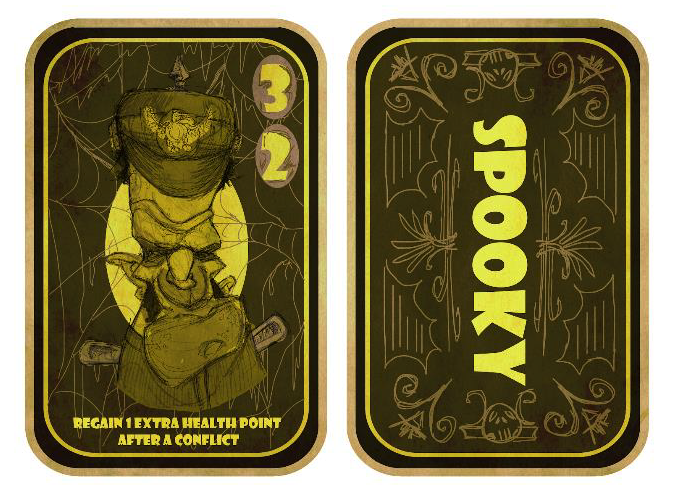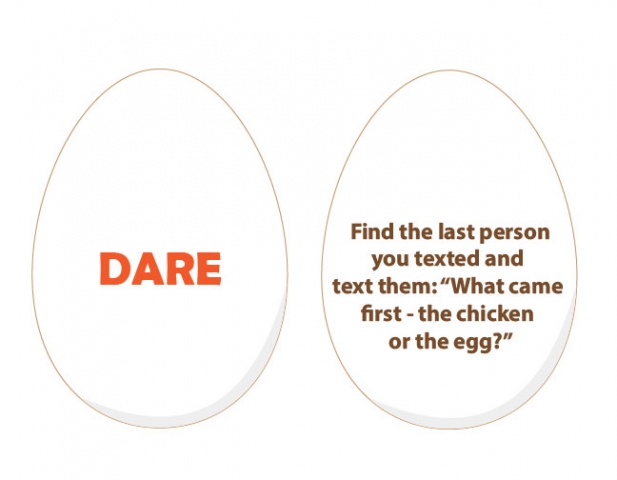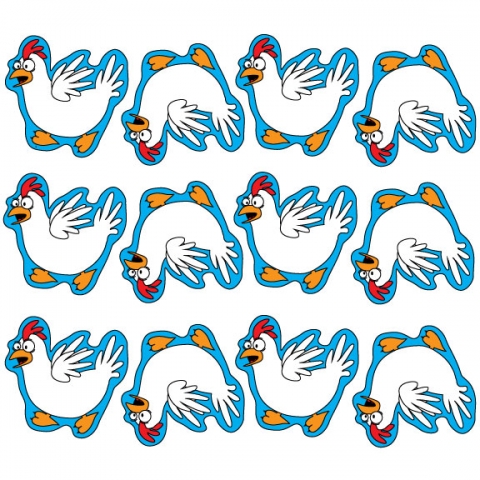
This is the fourth in a series of stories on excellence and innovation in online teaching—despite the challenges posed by the pandemic.
Catan, Wingspan, Ticket to Ride, Concordia. These tabletop games and others have hit their stride recently as social distancing has compelled people to spend more time at home and away from friends. For those able to work remotely, days filled in front of a screen have led to an increased desire for non-screen family time and board games that go beyond the classics are a popular way to end the day.
Ben Gardner, associate professor of art and design, knew the tabletop game trend was already making waves prior to the global pandemic and built his Art 21: Digital Media class around students creating a game of their own. The course, which mainly serves as an introduction to the Adobe suite of digital design tools, teaches students how to use these programs.
The final project has students collaborate to design a tabletop game using all three of the programs covered in the course: Photoshop, Illustrator, and InDesign. Each team must create at least 12 components and a rulebook. “This project truly engages students in the disciplines they learn during the class. Of course, we focus on art and design, but this project also requires technical and creative writing, and usually mathematics,” explained Gardner. “These students are adept at thinking through ideas to create a game that is not only designed well but is interesting enough to play multiple times. The games must balance difficulty, complexity, understandability, and fun.”
Students in Ben Gardner’s Art 21: Digital Media class designed tabletop games complete with innovative rules and game pieces as part of their final project. The card game above is called “Don’t be a Chicken.”
Transitioning the course to a remote format posed some challenges at first. In prior terms, students were set in larger groups, but Gardner found that it would be more realistic for teams of two to make the time necessary for collaboration. This was especially true when considering how spread out geographically the students were, including a student who had returned home to Japan. But while the teams may be smaller, he notes the creativity has actually been positively impacted. “Being online has created new ways for students to ask questions, seek feedback, and it has actually reinforced the benefits of critiques, especially discussions about ideas, how students go about realizing their ideas, and learning by making things,” he said.
The sheer number of components make the process more complex than what you might expect when designing a game, but Gardner says it is also approachable. “Nearly every student has played a similar game and they jump at the opportunity to create their own. It’s a joy to observe that process.”
“Most students are taking the transition in stride and the games I’ve seen come out of this group of students all are not only turning out great from a design perspective, but fun as well.”




